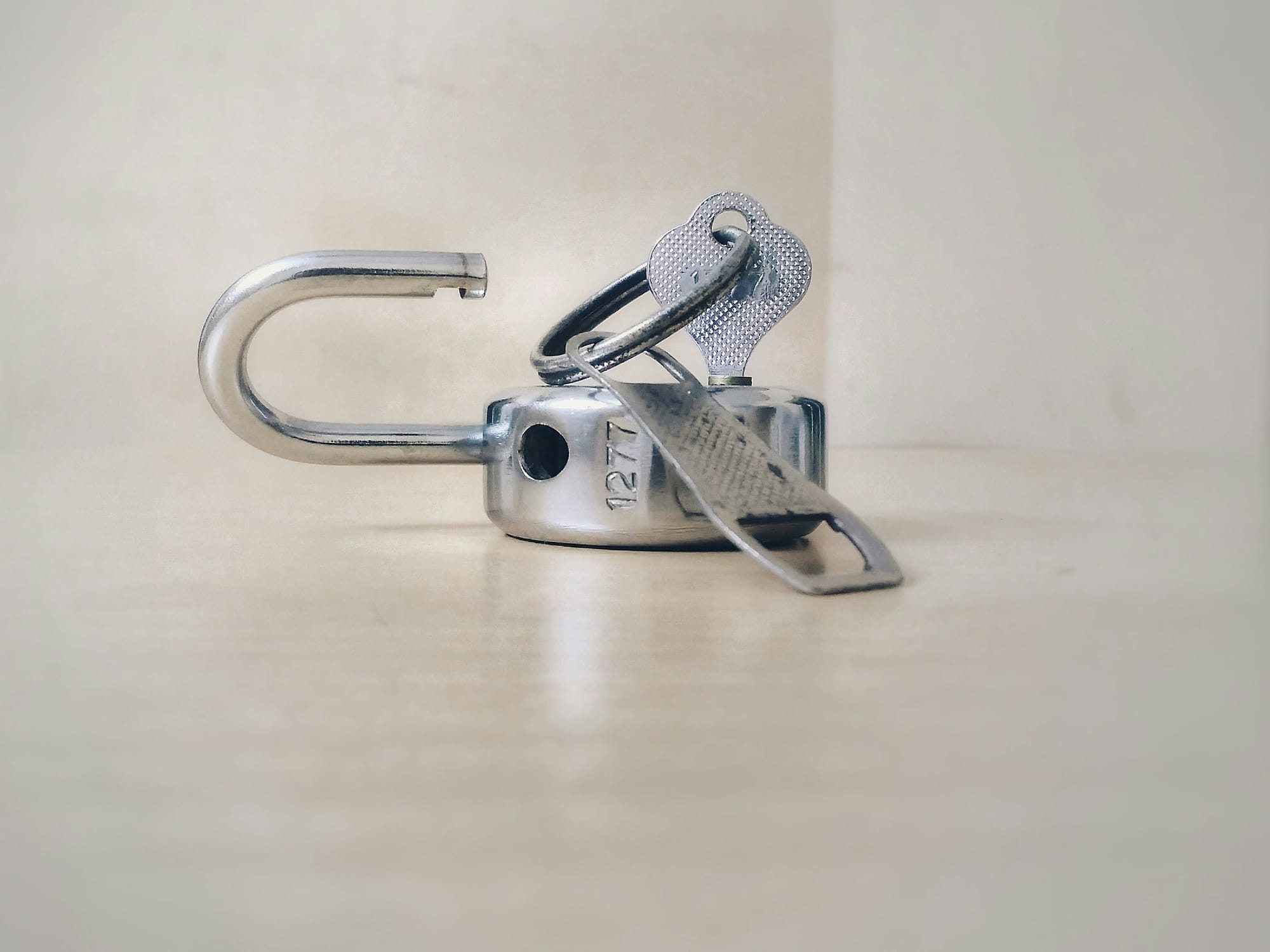SEO for ecommerce product pages - how to boost visibility and conversions
Optimizing your product pages is essential for visibility, driving traffic, and ultimately increasing sales. While many ecommerce websites invest heavily in homepage and category page SEO, the product pages are often overlooked. This is a missed opportunity, as well-optimized product pages can serve as key conversion drivers.
In this article, we will cover best practices for SEO for ecommerce product pages that will not only enhance search engine rankings but also improve the overall user experience. We'll explore strategies that you can implement to maximize visibility.
Why product page SEO matters
Product pages are often the final point before a customer makes a purchase decision. By optimizing these pages, you not only rank higher in search engine results but also create a seamless user experience that improves conversion rates. Effective product page SEO makes your products discoverable, improves engagement, and addresses customer intent, helping guide them toward a purchase decision.
Best practices for SEO on ecommerce product pages
Craft unique product titles and descriptions
One of the most critical aspects of SEO for ecommerce product pages is making sure that each product has a unique and keyword-optimized title and description. Many ecommerce businesses fall into the trap of using generic or manufacturer-provided descriptions, which can harm your SEO.
- Product titles - include the main product keyword while being clear and concise. For example, instead of "Running Shoes," try "Men’s Lightweight Running Shoes with Arch Support”.
- Descriptions - avoid duplicate content and ensure each product description is unique, engaging, and informative. Incorporate your SEO for products keywords naturally to appeal both to search engines and potential buyers.Why does this matter? Unique and optimized product titles and descriptions improve relevance in search engine results and engage users who land on your product page.
Optimize product page URLs
Search engines look at URLs to understand the content of a webpage. For product page URLs, make sure they are short, descriptive, and include target keywords related to the product.
- Use clear and structured URLs - “/mens-lightweight-running-shoes/” is more user-friendly and SEO-effective than “/product12345/.”
- Avoid using unnecessary parameters or numbers in your URLs. Keep them simple and focused on the product.
Why does this matter? Optimized URLs improve your page’s relevance in search results and provide better clarity to both search engines and users about what the page is about.
Incorporate structured data (schema markup)
Structured data, or schema markup, helps search engines understand the content of your product pages better. By implementing product schema markup, you enable your product listings to appear as rich snippets in search results. These rich snippets can include additional information like product ratings, price, availability, and even reviews.
- Add schema for important elements like price, product name, availability, and reviews
- Use structured data testing tools to ensure your schema is correctly implemented
Why does this matter? Structured data improves the visibility of your product listings in search engines and provides potential buyers with important information upfront, leading to higher click-through rates.
Optimize images and Alt Text
Ecommerce relies heavily on high-quality visuals, and image SEO is a key factor in optimizing product page SEO. Make sure your product images are well-optimized for speed and include descriptive alt text to help search engines understand the content of the images.
- Image file names - use descriptive file names like "mens-running-shoes-red.jpg" instead of generic names like "IMG1234.jpg."
- Alt text - write descriptive alt text that includes the main product keywords. For example, "Red men's lightweight running shoes for jogging."
Why does this matter? Optimized images improve page load speed, boost rankings in image search results, and make your product pages more accessible to visually impaired users.
Improve page load speed
Page speed plays a significant role in user experience and SEO rankings. Slow-loading product pages can lead to high bounce rates, impacting your rankings and causing potential customers to leave your site. Use tools like Google PageSpeed Insights to assess and improve the load times of your product pages.
- Compress images to reduce file sizes without sacrificing qualityImplement browser caching and minify CSS and JavaScript files
- Use a content delivery network (CDN) to speed up global load times
Why does this matter? Faster product pages result in better user experiences, reduced bounce rates, and improved search engine rankings.
Enhance internal linking and navigation
A well-structured internal linking strategy ensures that both search engines and users can easily navigate through your product pages. Linking related products or categories helps search engines understand the relationship between different pages and keeps users engaged longer on your website.
- Add links to related products or categories within your product descriptions
- Use breadcrumb navigation to make it easy for users to navigate back to category or subcategory pages
Why does this matter? Internal linking helps distribute authority across your site and improves the discoverability of your product pages by search engines.
Leverage customer reviews for SEO
Customer reviews are not only valuable for building trust but also for SEO. Reviews add fresh, user-generated content to your product pages, which search engines love. Encouraging customers to leave reviews can improve your page’s relevance and give you long-tail keyword opportunities.
- Include a review section on every product page
- Use structured data to ensure that review ratings appear in search engine results
Why does this matter? User-generated content adds valuable keywords to your product pages and can help improve rankings, while also boosting social proof.
Boost your visibility and conversions
Optimizing your ecommerce product pages is key to driving traffic and increasing sales. Implementing the best practices for SEO for ecommerce product pages ensures that your products not only rank higher but also provide a seamless user experience that encourages conversions. Focus on unique content, well-structured URLs, image optimization, and load speed improvements for maximum impact.
By following these strategies for product page optimization, you'll be well on your way to creating high-converting product pages that are optimized for both users and search engines. Remember, SEO for ecommerce products is an ongoing process, and staying on top of it will help you stay ahead of the competition.
-

Unlock the benefits of website personalization
-

E-commerce conversion best practices
-

Your ultimate Conversion Rate Optimization checklist
-

How to: complete a Conversion Rate Optimization audit
-

An easy guide to ecommerce website optimization
-

Your guide to Conversion Rate Optimization best practices
-

Landing page optimization - maximizing your conversions
-

Website performance optimization techniques to boost your online business
-

Benefits of website personalization for online businesses
-

How to improve your ecommerce checkout conversion

